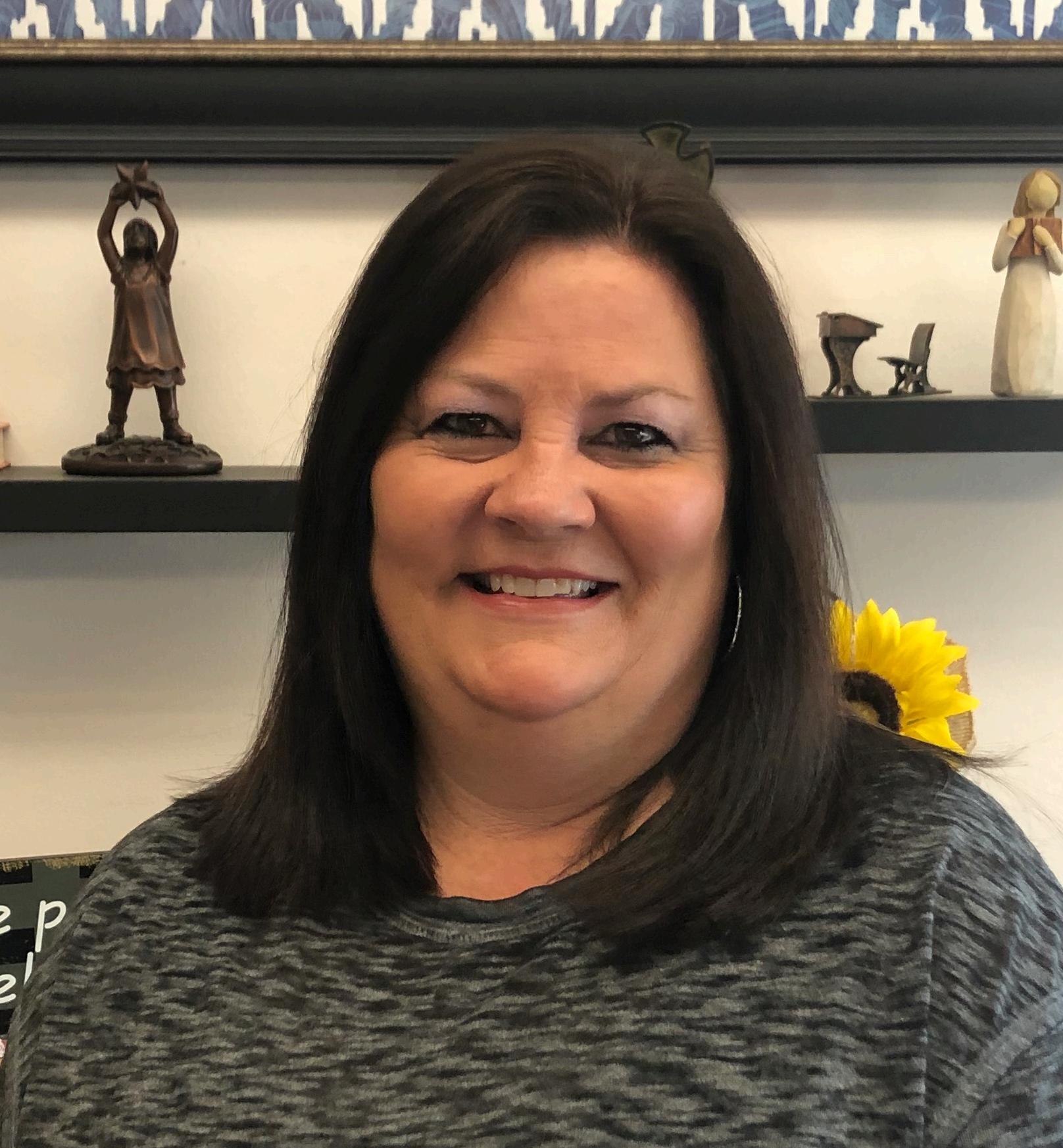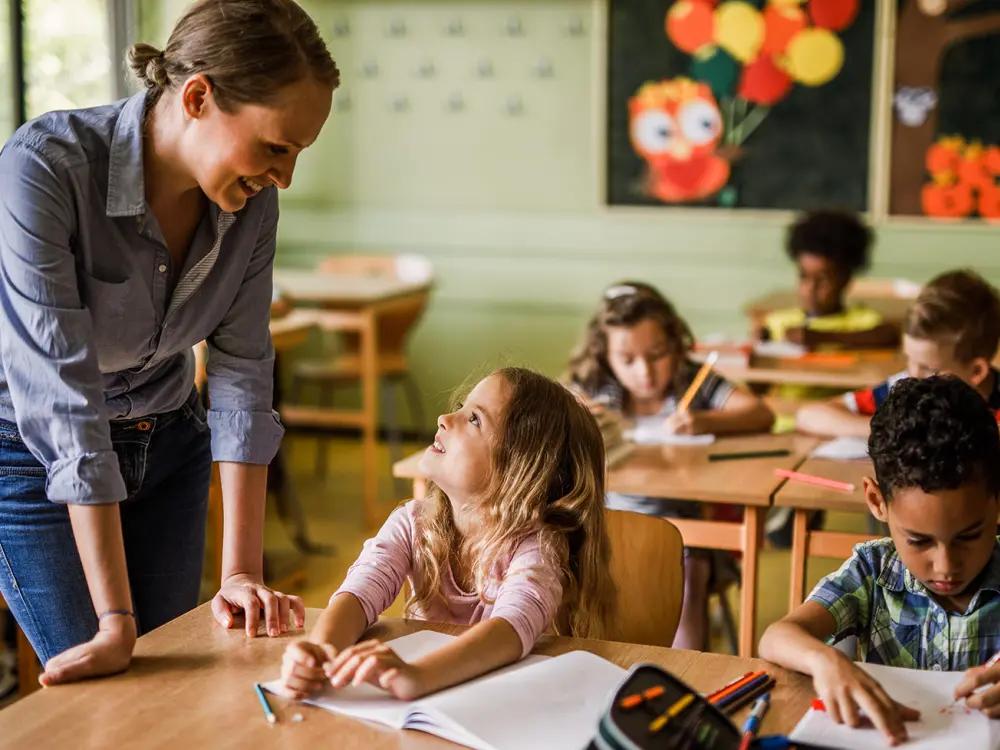
2 minute read
President’s Perspective

Educators have long known that the relationship with a teacher can be critically important to student success. Students spend more than 1,000 hours with their teacher(s) in any given school year. That is certainly enough time for those relationships to have a long lasting impact. Effective, quality teachers are those who develop and maintain positive relationships with their students. They share stories about their lives with their classes, and they pay attention when their students share information about themselves. These positive relationships have implications for both students’ academic and social development. An article, “Why Strong Teacher Relationships Lead to Student Engagement and a Better School Environment”, by Waterford, suggests teacher-student relationships can promote school success in the following ways: strengthen academic achievement, reduce chronic absenteeism, promote self-motivation, strengthen self-regulation, and improve goal-making skills. As teachers and then administrators, we have all seen students approach situations more confidently when backed by the safety, security, and support of their teachers. They step out to “do it afraid”, believing they will be guided in the right direction should their efforts fail. They believe their teacher cares and will support them throughout the process, which motivates them and builds confidence to solve problems and stretch their creativity. Students who have positive relationships with their teachers have greater engagement, better attitudes, improved confidence, and ultimately stronger successes.
Waterford also offers five tips worth sharing with our teachers on how to build trust and connect with students to create an ideal classroom environment:
• Remember to put your heart into your lesson plans. Try to focus just as much on getting to know and guiding your students as you do on teaching academic concepts. • At the beginning of the year or semester, discuss your and your students’ expectations as a class. You can also hold individual meetings to help struggling students reach their goals. • Storytelling can help build teacher-student relationships. Try telling personal anecdotes during class or making story-time a regular activity to connect with students. • Learn how to construct positive comments by giving specific compliments and avoiding back-handed compliments. • Make sure you keep healthy boundaries with your students. If a student upsets or frustrates you, don’t take it personally or bring it home with you.
Learning happens best when interacting with people. Students need to be participants rather than recipients. Therefore, a critical component in promoting student success is developing and promoting relationships throughout our campuses. This year with the challenges presented by COVID-19, the systems and routines of education have drastically changed for everyone. Educators across our state have risen to the challenge beautifully, learning new tools and methods of education. Navigating learning management systems, online resources, and educating remotely have become the new normal. Teachers have studied, researched, collaborated, and learned tremendous amounts of new information in order to provide instruction for students in new and different ways. As the new tools of delivery are becoming more familiar, the next step may be to elevate the educational approach. Specifically, how do we build and maintain those valuable relationships with students sitting in our classrooms and those learning from home?




